welding-rotator
Here we focus on the information you need to decide what a welding rotator is. In addition, we can also quickly provide you with the best welding rotator suppliers on the market.
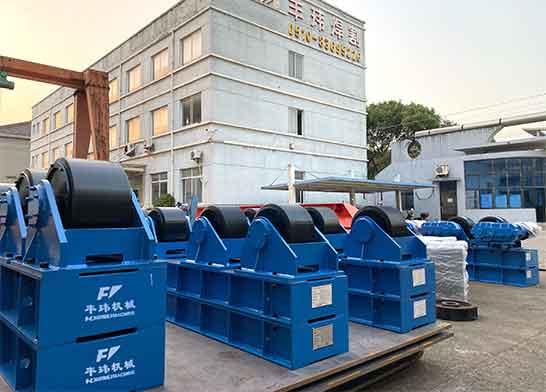
Here we focus on the information you need to decide what a welding rotator is. In addition, we can also quickly provide you with the best welding rotator suppliers on the market.
There are hundreds, if not tens of millions, of ready-to-use spin welding products on the market. But if you are looking for the best value for money, you are on the right page. Here we will provide you with new information.
Here we focus on the information you need to decide what a welding rotator is. In addition, we can also quickly provide you with the best welding rotator suppliers on the market.
A welding rotator is just one of the welding auxiliaries you need to make your welding jobs easier.
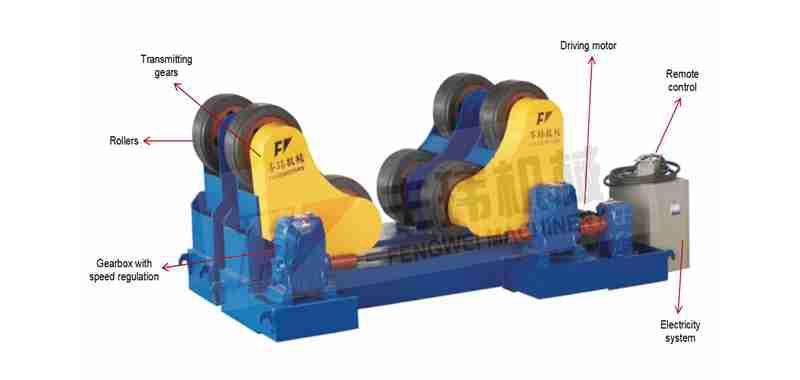
Introduction of welding rotator
Like welding positioners, welding rotators can also be used for non-regular shaped applications. They are mainly used for rotating parts with rounded sides, such as cylindrical containers.
Of course, many amateur welders and mechanical engineers try to design and build their welding rotator from scratch.
However, many people can't tell the difference between a welding rotator and a welding positioner. A welding positioner is a machine for holding, rotating and tilting large quantities of irregular parts. In contrast, a welding rotator mechanically rotates cylinder parts.
Are used welding rotators available for sale, or can they be purchased?
As with any other welding auxiliary, it is prudent to purchase a used welding rotator.
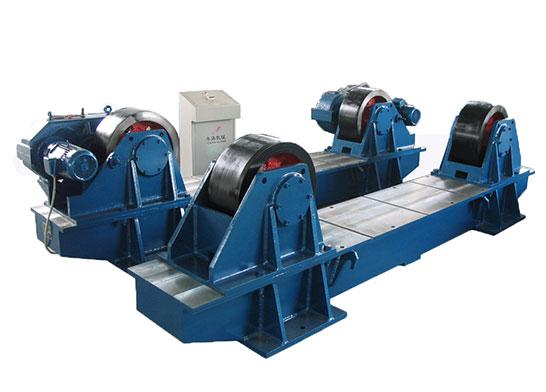
conventional welding rotators
However, it is essential to pay attention to several factors when making your purchase. These factors are as follows.
Check the wheels on the welding rotator for wear. This item can be replaced, but it still adds to the price, right?
One way to determine the condition of the gear is to spin it without the workpiece. If there is any shaking or vibration, you may need to check the loads behind it. Otherwise, it is in good condition.
Many companies and businesses misuse their welding rotators and use them for other purposes. For example, if they are used in a harsh environment where the load or diameter of the part exceeds the edge of the spindle, there is a high chance that the gears will already be worn out.
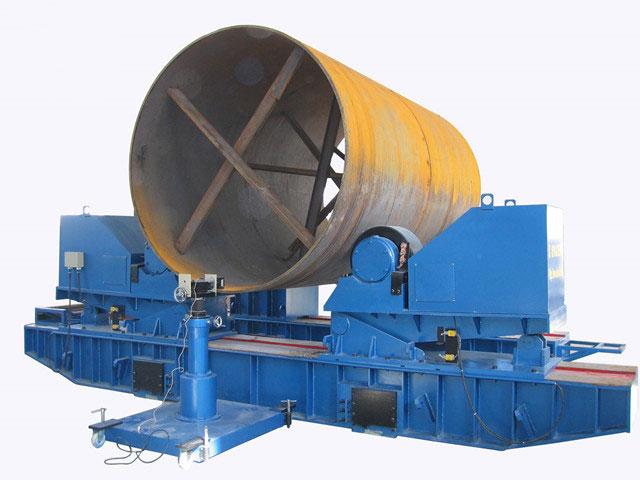
welding rotator work drawing
You can also check and estimate the speed and cost of the welding rotors used. Try them side by side with new, welded rotors and see if the cost difference is significant. In any case, intensively inspect all components and assess their condition.
Imagine a place where the parts and components of a welding rotator are visible!
Typical welding rotator consists of two parts
● The base frame
● The electric cabinet (power source)
If you dissect it, you will see that they have completely different components.
The base frame of a welding rotator machine (commonly referred to as the "base") is the part that holds the wheels and supports and is used to rotate the workpiece.
The components of the electric cabinet are as follows
● Electric components
● Inverter
Like the bsae frame, the electric cabinet consists of various components and parts. Each electric cabinet is part of the equipment and is the power source for the welding rotator. The electronic components and inverter are two exciting parts that make up the electric cabinet.
These are the components of a standard rotator. They are all integral parts of the conventional welding rotator. However, some welding rotator manufacturers and suppliers have enhanced them with too few features and components.
In which welding processes can a welding rotator be used?
Submerged arc welding (SAW) machine can be assisted satisfactorily by using a welding rotator.
Many welding processes can be improved with a welding rotator, but not only welding machines with.
● Submerged arc welding (SAW)
● Tungsten electrode welding (TIG)
● Inert gas welding (MIG)
● Electric arc welding
By making full use of the welding rotators for these processes, you can produce faster, more accurate, and higher-quality products.
Welding rotators can be used in a wide range of applications and industries.
Storage and discharge vessels are some of the typical components produced using welding rotators.
The most common application, however, is welding.
● Storage Tanks
● Water tanks
● Shipbuilding and offshore components
● Warp vessels
There is not just one type of welding rotator, as many people mistakenly believe. One of the most common types of welding rotator is the adjustable welding rotator.
Adjustable welding rotators
This type of welding rotator allows the rollers to be easily and manually adjusted to fit the circumference and width of the workpiece or fabric being welded.
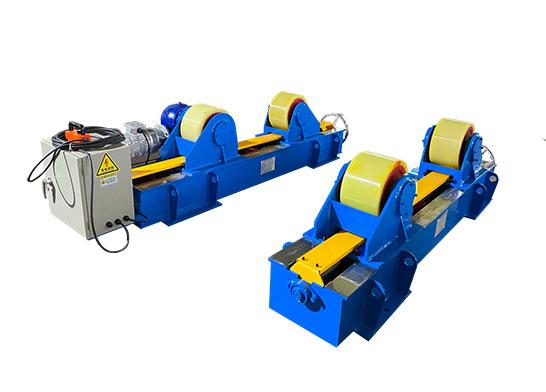
Lead Screw Welding Rotator
A fit-up welding rotator is a turning roller that has been used for some time to clamp tubes and other cylindrical objects and lift them up to reach the welding seam.
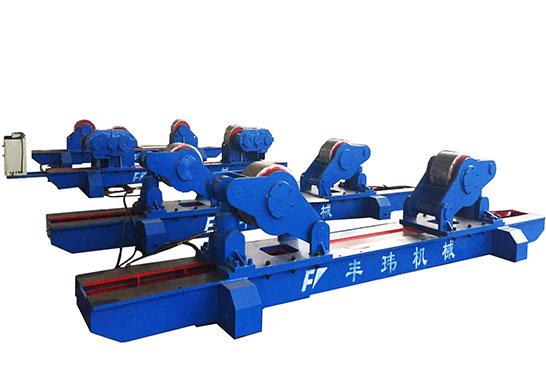 fit-up welding rotator
fit-up welding rotator
These machines are the most suitable for solving inclined or rotating pipes, supplies of the same condition, different sizes, and dimensions.
Self-aligning welding rotators
You already know what a self-aligning welding rotator looks like. It is a welding rotator, which can be positioning and balancing tanks automatically.
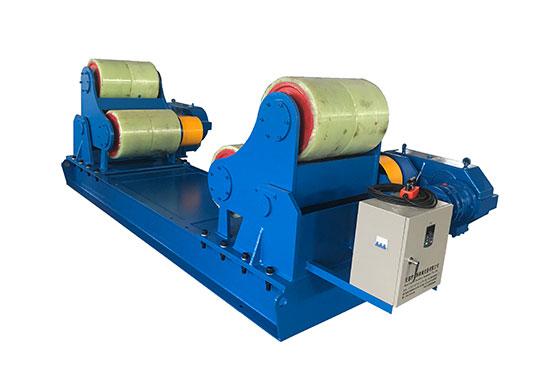
Self-aligning welding rotator
The cost of a welding rotator varies depending on the quality of materials, configurations, and features.
However, a general, firm estimate of the value of a conventional welding rotator is starting from $8,000 with light heavy ones.
Other factors that can affect the cost are
● How many sets you are buying
● Where you intend to locate (shipping and freight rates)
● Any additional components or accessories you want to include